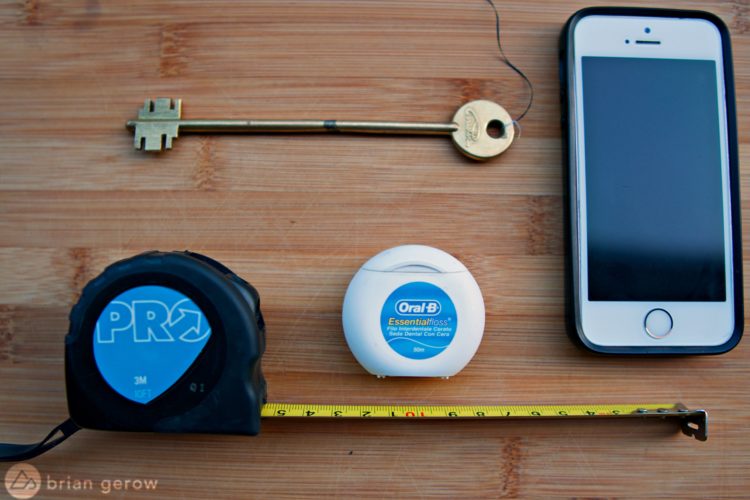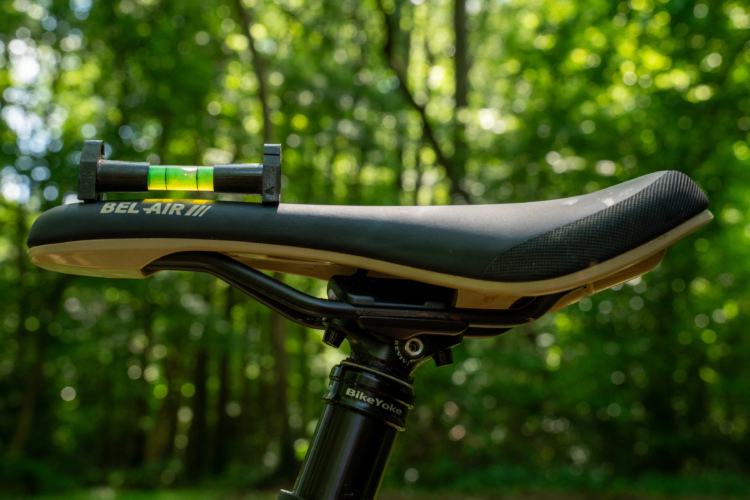
Mountain bikes come in standard sizes from small to XL, but mountain bikers are all different shapes and sizes. This means that many riders might be in between sizes, left with the decision: size up, or size down your mountain bike frame? Likewise, some riders prefer the ride of a bigger bike versus a smaller frame. Read along as we break down the different qualities of bigger and smaller bike frames.
There are a number of measurements that are important in determining mountain bike sizing. Two of the most important measurements are reach and stack. Reach is the horizontal distance between the bottom bracket and the headtube. Stack is the vertical distance between the bottom bracket and the center of the head tube.
What do you get for sizing up your bike?
Reach
When it comes to sizing, reach tends to be what changes more from Small to Large than stack. If you have a proportionally longer torso, you’ll want to size up your mountain bike in order to get a more natural fit. Flexibility and range of motion in your hips is also something to consider. If bending over and touching your toes sounds like a tall order, a longer bike is going to be a bit more taxing to maintain a low and aggressive riding position. On the other hand, if you know the difference between your Tadasana Pose and your Lotus Pose (AKA: you’re a supple yoga leopard,) a larger size will reward you with a more aggressive riding position.
Longer Wheelbase
A larger frame will give you a larger wheelbase (the distance between your two wheels is greater). This will make your bike feel more like a monster truck than a precise scalpel fit for carving up the trail.
Bottom Line: If you’re flexible, longer in the torso, and like to monster-truck over your terrain rather than whip or flick your way around it, size up.
What do you get for sizing down your bike?
Upright Riding Position
Conversely, a smaller-sized bike will have a shorter reach and a slightly shorter wheelbase. Stand-over height will be a tad lower and you might have to extend your bike seat post a bit in order to get to your pedaling position, but it’s a pretty minor consideration when it comes to being between sizes. If you’ve got proportionally longer legs than average, lack a bit of flexibility or generally like to be more upright, you may be more comfortable on a shorter size.
Shorter Wheelbase
Additionally, a shorter wheelbase will ride more nimbly, and while the longer cockpit provides a really aggressive riding position, low and aggressive riding positions are tiring to be in, so consider your fitness, endurance, and ride length.
Bottom Line: If you like a more nimble and whippy ride, are a bit less flexible, are shorter in the torso, or are looking for a more casual riding position, size down.
What does this mean for me?
Now that you know what happens when you size up and down, go test ride some bikes! Just like two medium shirts from different brands don’t fit the same, similar bikes from different brands will also fit and feel differently. Taking a look at a bike size chart can help, but there is no substitute for trying a mountain bike out for yourself. You may size up with one brand and size down for another, so go out there with an open mind, a good idea of your riding stylem and how you’ll use the bike to find the best fitting bike for you!


























3 Comments
Aug 5, 2018
May 23, 2019
Aug 4, 2020